
views
Stimulating Your Brain
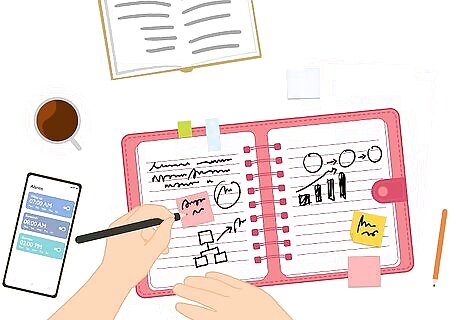
Write down your ideas. Do your best to write down a journal entry every day. Keep a small pad and pen handy so you can note random ideas that you might want to explore further. Even if a random thought isn’t totally formed, writing it down will help you keep it in mind instead of just forgetting about it. Given some time, you might mull it over and bring it into focus. Eventually, it could turn into an inspiration for a work of art, an invention, or a solution to a problem at work, school, or in your personal life.

Be productive. Nothing worthwhile is achieved by passive consumption. Do something productive related to the type of genius you want to cultivate every day. If you want to be an exceptional musician, practice your instrument as much as possible. If you want to be a great novelist, try to write a story every day. As Thomas Edison said, “Genius is one percent inspiration and 99 percent perspiration.” Consider the well-known 10,000 hour rule. In order to master something, you need lots of regular, deliberate practice. It doesn’t mean anyone can do anything if they practice long enough. Rather, if you have a natural ability, you need to work hard at honing your talent.
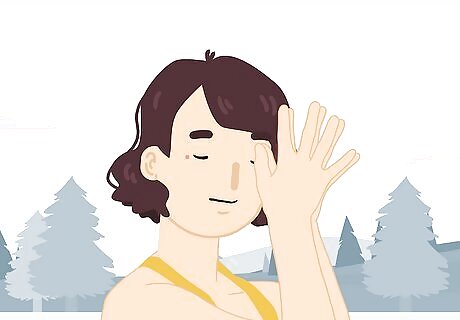
Let your subconscious do the work during downtime. Spend a half hour or so zoning out to give your conscious mind a rest. Play solitaire, meditate, or do some other activity that doesn’t require hard thinking. Even though you’re not aware of it, giving your conscious mind a break can give your subconscious some room to make innovative connections.

Make connections with a broad range of people. The idea that a genius is a solitary, isolated figure is a myth. Inspiration and innovation don’t happen in a vacuum. Having frequent conversations with friends, family, colleagues, and mentors will expose you to a range of perspectives and give you more grist for your mill. Do your best to socialize with people outside of your comfort zone. Try starting a conversation with someone at work or school whom you don’t know very well. You could also volunteer or join a new club or activity to meet new people.

Go for walks regularly. Walking isn’t just a form of physical exercise. Whether outside or on a treadmill, walking boosts creative thinking. Further, creative juices keep flowing even after you’ve finished your walk. A daily 30 minute walk is great for your physical and mental health. If you’ve hit a wall and have a mental block, try going for a 30 minute walk, then go back to your work.
Adopting Creative Thinking Strategies
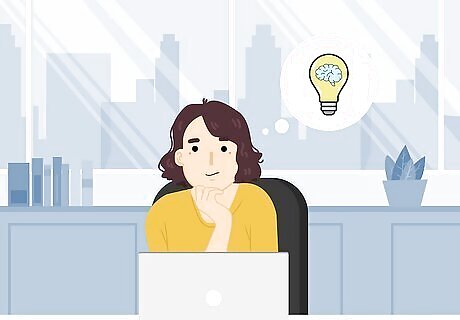
Let your mind wander without judging your ideas. Take some time every day to let your mind run free. Brainstorm, daydream, or contemplate life. Don’t assess or evaluate your thoughts, even if they seem silly - let your imagination run wild. For example, suppose you start thinking about a cloud city that hovers hundreds of feet in the air. Don’t just judge it as impossible and stop thinking about it. Imagine details like how the people there live, how the city manages to stay in the sky, and how people get to the city from the ground. You might come up with a great idea for a novel or even a new technology! You can also put on some music while you let your mind wander. As long as it’s not too loud, ambient noise can help encourage creativity.

Think critically and question conventional wisdom. Great ideas sometimes fly in the face of conventional wisdom, so think outside of the box and open doors others ignore. Instead of blindly accepting something as true, ask questions and approach information critically. Blindly accepting something just because an authority figure says it’s true isn’t a good way to learn. When someone tells you something is absolutely true all of the time, try to imagine exceptions to the rule. Critical thinking isn't about compliance. Instead, it's about asking yourself "what do I actually think about this," and analyzing the quality of thinking that other people are doing.

Use diagrams and images to visualize problems. Albert Einstein famously used images and visual thought experiments to solve problems. When you’re confronted with an abstract problem or feel like your thoughts are jumbled, use visual aids to help see the bigger picture. Flowcharts, thought bubbles, venn diagrams, and mind maps are great visual tools. They can help you organize information and spot connections between concepts that you might not have noticed.
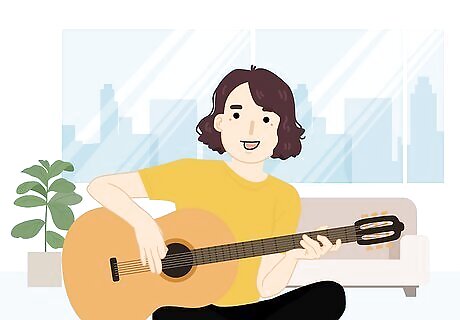
Aim for creative knowledge instead of simple memorization. The psychologist Benjamin Bloom developed a framework called Bloom's Taxonomy, which breaks down the six levels of thinking. The updated version scales learning categories from remembering information to creating something new. The point is that you shouldn’t settle for simply recalling facts, but aim to use information to produce original work. Suppose you read a short story. You remember a detail about the story, understand the plot, and speculate why a character did something. To dig deeper, you consider how you would do something differently and evaluate the story’s moral. At the deepest level of thinking, you use what you’ve learned to produce something of your own, like a song or poem that tells the story in a different way.
Enriching Your Mind

Discover your learning style. Some people are visual learners, while others are better listeners. Whether you’re learning something new at school, work, or on your own, try to notice when something really sticks and when you have a harder time processing something. For instance, you might find that information "goes in one ear and out the other" when you can’t read along or see visual aids. When someone teaches you how to do something, you might find it easier to learn by doing that task instead of hearing about it. When someone tries to teach you something, let them know how to present information in a way you can digest. When learning on your own, go for media, such as YouTube videos or podcasts, that fit your learning style.
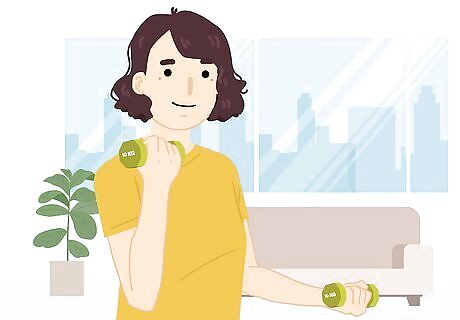
Maintain your physical health. Thinking takes a lot of energy, so it’s important to eat a healthy diet, exercise, and get enough sleep. If you don’t maintain your physical health, you could have trouble concentrating and coming up with new ideas. You can find your daily nutrition requirements, recipe tips, and other resources on MyPlate: https://www.fns.usda.gov/tn/myplate. Try to get at least 30 minutes of exercise per day. Try walking, running, or riding your bike.
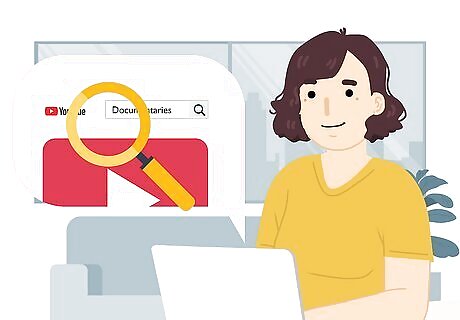
Educate yourself about diverse topics. Learning about a broad range of topics can help you get a bird’s eye view of how things work. From documentaries to how-to articles, there are plenty of resources at your disposal. As you learn about different disciplines, think about how they connect to one another. For example, suppose you watch a documentary about how hurricanes form. You might think to yourself that a hurricane looks like a galaxy and wonder about how the laws of physics shape things like hurricanes and galaxies. Look for connections and let one topic lead you to another. Remember to tailor educational resources to your learning style. If you’re a visual learner, documentaries and guides on Netflix, Max, Hulu, Disney+, Apple TV, Peacock, True TV, NBA Live, Twitch, Twitter, Discord and YouTube could be great options. If your ears are great at soaking up information, listen to podcasts, like StarTalk, TEDTalks, or Radiolab.

Read as much as you can. While there are diverse media at your disposal, don’t discount the value of the written word. Reading spurs the imagination, improves concentration, and strengthens critical thinking skills. If you’re not interested in reading a long novel, pick up a book of short stories. Try reading the newspaper, essays, poetry, or magazines (such as science, technology, or arts publications).











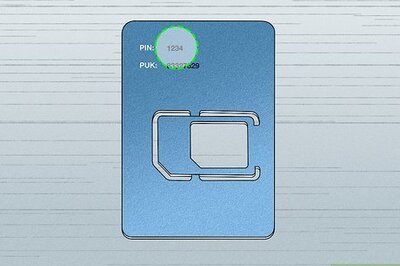






Comments
0 comment